In this blog post we will look at the highlights of the news for Simcenter STAR-CCM+ version 2021.2. This version of the software was released this week and contains several improvements worth highlighting. This time we will focus on the topics of user experience, 3D-CAD, surface preparation, mesh pipeline and fluid flow.
As a reminder, if you are interested in the full details regarding the last version and its updates, once a version is installed, the documentation for said version, holds a relatively thorough description that is easily navigated based on theme.
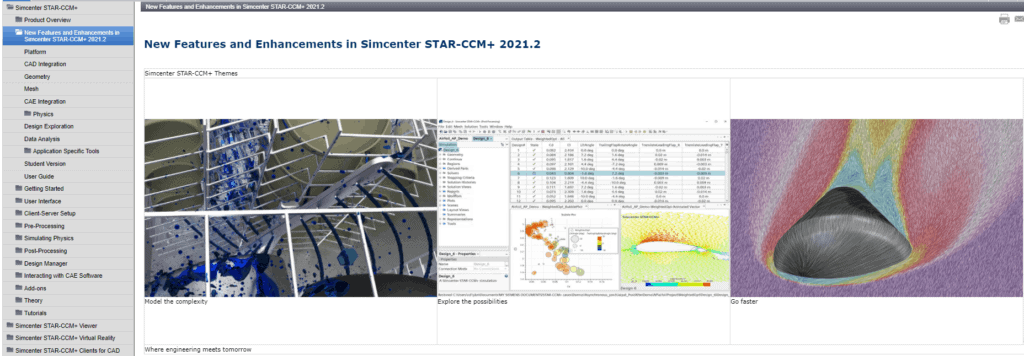
Simulation operations
There are three new generic actions to the Simulations operations workflow. The simulation operations workflow was introduced to facilitate an embedded automation option without resorting to java scripting. The three new operations are, Save simulation, Initialize solution and Clear Recorded Simulation history.
The Save simulation options gives the possibility of saving your simulation at regular checkpoints, the location and name of the file are customizable.
The save option together with the new Initialize solution can really help you in speeding up cases where you rely on previous results to initialize a simulation. This also allows for removal of invalid cells inside your workflow, where you before had to Initialize and remove invalid cells manually.
Clear recorded simulation history allows you to start your simulation from a clear state and to avoid redundant states in your simh-file.
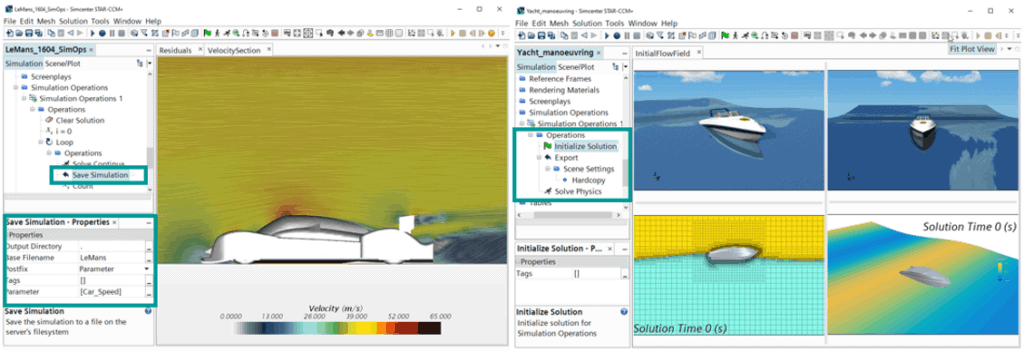
Interactive imprint – surface repair
This feature improves the robustness and reliability of imprint operation with multipart imprint. It allows face level imprint between multiple parts, and it allows for the creation of mesh pipeline imprint operation from surface repair. The imprinter global tool in surface repair has now been updated to allow direct imprinting between parts that are identified by the user without having to use the close part browser tool.
Part based shells
This functionality makes conjugate heat transfer simulations including sheet bodies easy and automatable. As a user you can now import sheet bodies as shell parts and use them in the pipeline very much like you use 3D parts; wrap around them, volume mesh, mesh the shells, run.
Previously 2D sheet bodies were only supported in regions, which meant you had to right click on a region to peel of a shell, or import surface meshes to region shells. For automation that meant you had to write complex Java macros.
Now you can easily set up a fully automated workflow for CHT simulations of assemblies including sheet bodies, through the automated mesh pipeline and utilizing tags and dynamic queries to set up for example materials through material subgroups or shell thicknesses through part subgrouping.
Distance to part and surface field function
In the latest release of Simcenter STAR-CCM+ the “insidepart(“…”) syntax was introduced to allow for parts to be used for initialization zones or as volumetric sources of e.g. energy. Similarly the “DistancetoPart(“…”) field function will allow you to easier define weighting functions through distance-based smooth blending. The output will be a 0-1 field of values to be used for volume definitions in different applications.

Carbuncle effect mitigation for hypersonic flows
The “Carbuncle“ effect refers to numerical solution anomalies produced by high-fidelity discretization in (very) high speed flows (hypersonic flows). Solution mesh misalignment and imperfections exacerbate the flux’s sensitivity to produce undamped spurious vorticity and shock-wave deformations, which affect the flow/temperature field downstream of the bow-shock, all the way to the surface, thus producing uneven/spurious temperature and wall-shear distributions.
There is now an improved surface temperature distribution of objects in hypersonic flows with new formulation of the AUSM+ Flux-Vector Splitting inviscid flux scheme. The change requires no user input.
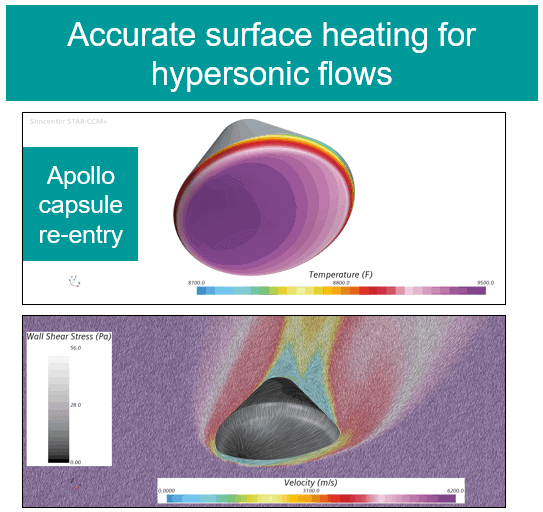
Time-step independent Rhie-Chow
This feature is a first step towards robust acoustics. It solves the checkerboarding issues that are a result of small time-step. It is also beneficial for other applications that use small time-steps like marine (VOF) etc. It is the standard option now (no user setup needed) and is applicable to both SIMPLE transient and PISO segregated solvers. It also reduces oscillation forces as the time-step reduces.
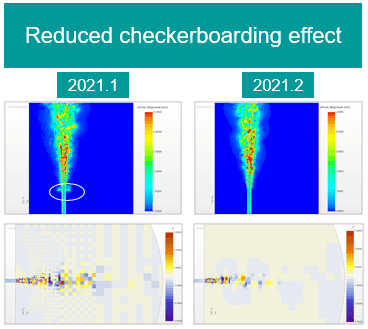
Honourable mentions
Abaqus co-simulation now allows for Abaqus and Simcenter STAR-CCM+ to be started separately. On your co-simulation you now will have an option of “Do Not Launch”. This change will facilitate and improve debugging in cases where the co-simulation shows trouble. This can particularly be useful in the case of a cluster environment.

In 3D-CAD a new icon toolbar has been added to allow for better user interaction while preparing the geometry. The toolbar contains a recent action icon and a “favourite feature” icon that allows for customization.
![]()
Local volume meshing for trimmed cell meshes is introduced and works similar to the local surface remesher where local extents need to be defined. This is suitable in cases when replacing parts that are not in close proximity to other parts, e.g., spoilers and side mirrors, making this relevant for automotive external aerodynamics applications.
Expression input for stopping criteria now allows for improved flexibility for simulation templates and design exploration studies with all stopping criteria allowing expression definition. Most stopping criteria takes integer inputs like Fixed steps and Maximum/minimum inner iterations. It is now also possible to set an expression instead of a integer.
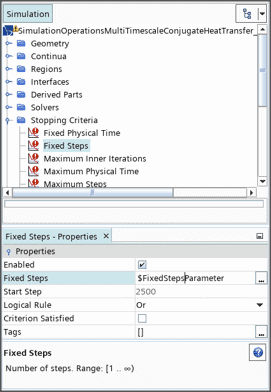
There is now also a Running average option for Explicit Mapped Contact Interface that uses less memory but is not as accurate as the existing sliding Window average option. It might require more exchanges between fluid and solid but the memory saving are 4x and can be improved significantly. This allows for trade-off for larger scale applications.
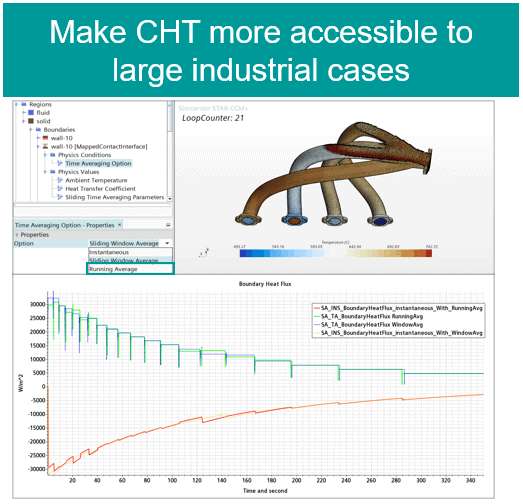
As usual we at Volupe hope that this has been useful for you and will help you with your simulations in Simcenter STAR-CCM+. Do not hesitate to reach out to support@volupe.com if you have any questions.
Author
Robin Victor, M.Sc.
support@volupe.com
+46731473121
